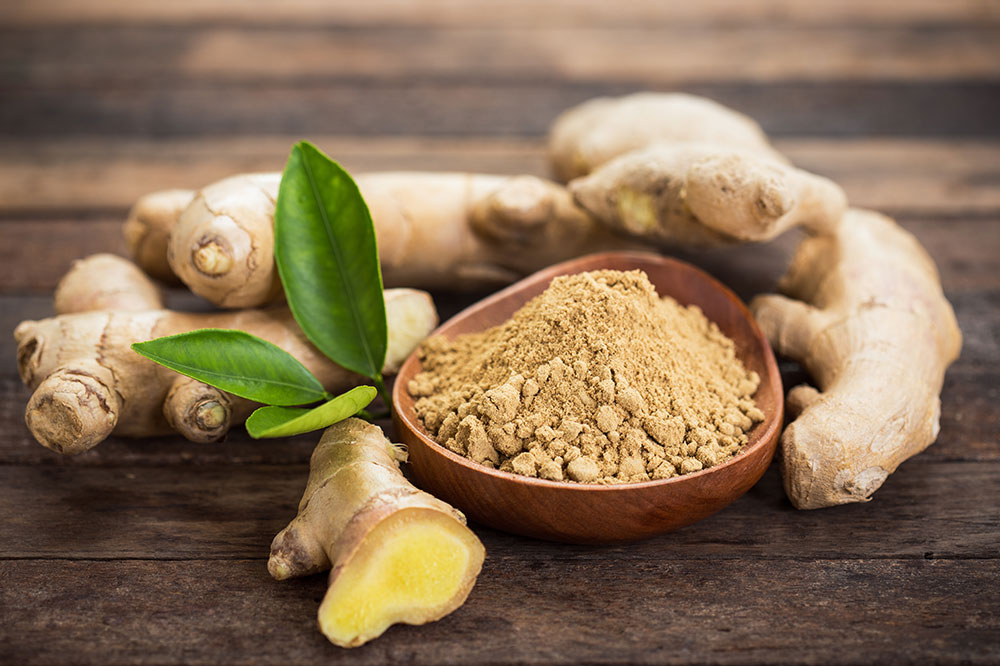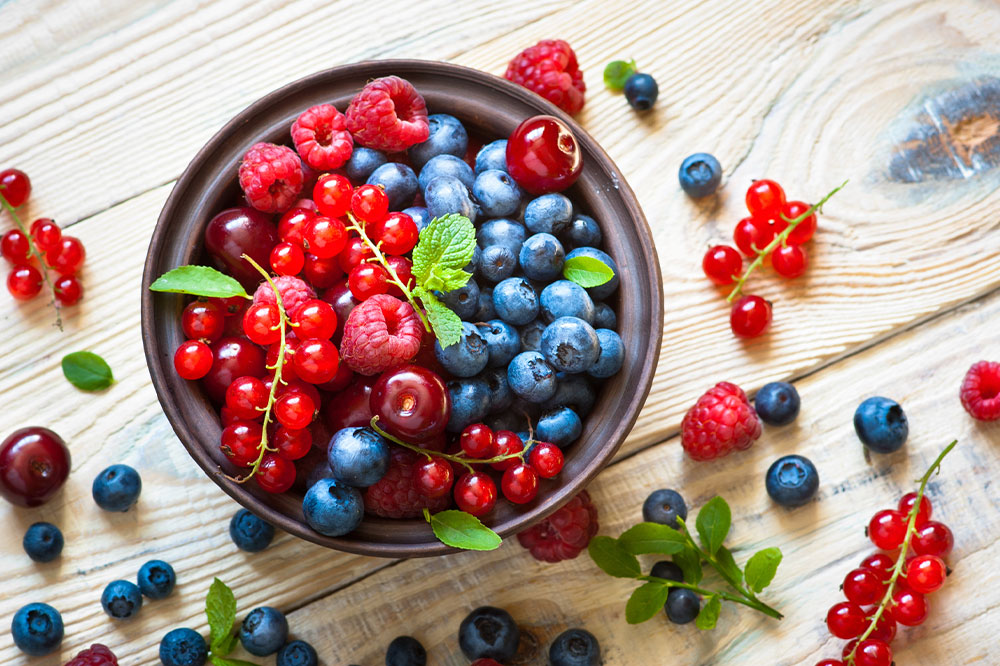6 best foods that reduce menstrual pain

Menstrual cramps or period pain is described as throbbing discomfort experienced in the lower abdomen for women on their period or right before they start their menstrual cycle. This cramping does not just cause discomfort but gets so severe on some days of the month that it interferes with everyday activities. Some conditions like endometriosis or uterine fibroids can also trigger more pain. However, some foods may help in managing this pain.
Ginger
This is a popular ingredient in many home remedies that help relieve pain and inflammation in the body. It has compounds known to relieve period pain by inhibiting the production of prostaglandins. These chemicals are known to trigger the muscle contractions that happen during the shedding of the uterus lining. During periods, this production increases; hence, taking small amounts of ginger can help inhibit its production. While taking ginger is good, always be careful of the quantity and spread out its use. For example, add thin slices or paste ginger into food recipes. You can also boil tea with some ginger to help relieve menstrual cramps.
Fatty fish
This includes fish like salmon, mackerel, sardines, and anchovies. These are all fish that contain high amounts of omega-3s. Studies have suggested that fish oil intake has positively affected menstrual pain levels by reducing it for women. The two compounds found in these fish are eicosapentaenoic and docosahexaenoic acid which are known to decrease the production of prostaglandin levels in the body. This is the chemical that triggers a pain reaction during menstrual pain.
Green leafy vegetables
Vegetables like kale and spinach are all known to have magnesium, which regulates around 300 biochemical reactions in the body. According to some studies, it was found that increased intake of magnesium could decrease the pain related to menstrual cramps. However, studies also found that consuming too much magnesium led to side effects like diarrhea, low blood pressure, irregular heartbeat, muscle weakness, and difficulty breathing. Also, if you are already taking some treatments for health issues like osteoporosis and high blood pressure and taking some muscle relaxants, then speak to your doctor about your nutrition plan.
Dark chocolate
Some studies done in Indonesia show the relationship between dark chocolate and menstrual pain. Research has found that dark chocolate reduces menstrual pain significantly in some study groups compared to chocolate milk. Chocolate is often one of the cravings during a menstrual period, and replacing milk chocolate with some dark chocolate may be a wise idea to help relieve pain while also taking care of cravings.
Turmeric
This is a widely studied spice, and it has been found to have several health benefits, including anti-inflammatory properties. Turmeric is a staple spice in many cuisines and home remedies because of its healing factors. According to studies, turmeric, when taken with other treatment methods, increases its anti-inflammatory properties and helps in effectively fighting against period cramps. This can also help the muscles relax, which can be beneficial during painful uterus contractions. Drinking turmeric milk and adding it to some food recipes is an ideal way to consume this herb. Some supplements are available too. However, you should always speak to your doctor about the right quantities.
Whole grains
This includes ingredients like brown rice, whole wheat flour, bread, and pasta, which can be eaten to help decrease inflammation. Eating whole grains helps the body eliminate estrogens that may have been produced in excess during the menstrual cycle. This estrogen usually is processed by being pulled into the intestinal tract through the bile duct with the help of the liver. The fiber produced by whole grain foods helps convert this estrogen into waste and remove it from the body. So, a good fiber meal plan can help in an ideal estrogen waste removal from the body.
Other precautions
Apart from eating specific foods, some foods should be avoided at all costs, including processed foods, meat, oil, excess sugar, and salt. In addition, cravings should be handled with better alternatives that can help you take care of food pangs and not harm the body in the long term.
A heating pad on your abdomen is also advised during menstrual cramps as it can help relax the uterus muscles during the line shedding. Taking hot water baths or showers is also helpful in relieving pain, but also relaxing the mind and body from the monthly ordeal. If the pain is too much, it is always advisable to consult a doctor for a detailed diagnosis. There may be some underlying factors that may be causing period discomfort, which include conditions like endometriosis or fibroids. These conditions can lead to extreme pain and other symptoms like excess bleeding, irregular periods, fatigue or low energy, diarrhea or constipation during the menstrual cycle, spotted bleeding between menstrual cycles, and pain during urination or bowel movements during the period cycle. Appropriate treatment is recommended to manage the illness symptoms, and sometimes surgery is also recommended depending on the severity of the illness.
Final thoughts
Besides food choices, staying active and exercising regularly helps keep the body fit. Exercise is known to be a natural pain reliever. However, avoid overexerting your body and only go for low-intensity workouts like walking or yoga. This helps relax the abdomen muscles, which contract painfully during this period. Exercise also helps release endorphins, which help block the perception of pain in the body, so regular movement is essential. Also, try some deep breathing exercises and meditation.
Following a well-balanced meal plan is also vital to staying fit as it prevents one from experiencing such discomfort. Moreover, keeping a tab on your food choices will significantly benefit you in the long run as your body responds to whatever you eat. So, be mindful of your food and avoid unhealthy items.


